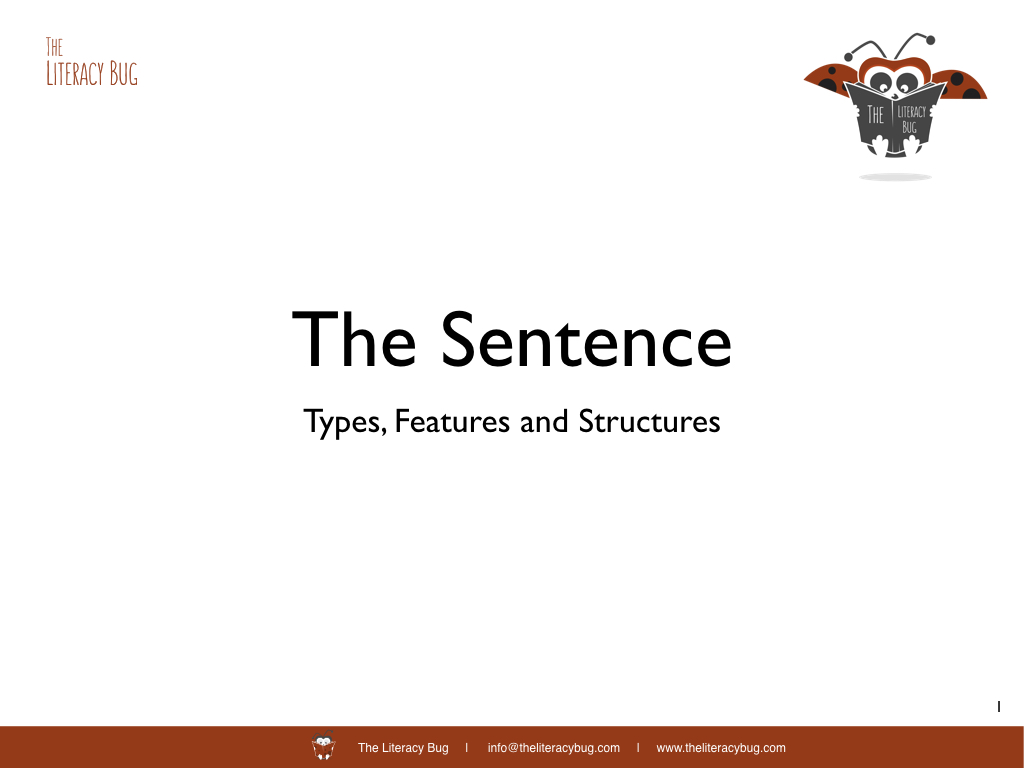After the previous update, you'd definitely be correct to believe that the last video presentation was the final in a series. And it was. Yet, today, we share a new print presentation that stands on its own. Today, we share "The Sentence: Features, Types and Structures" and the slides for the presentation are available from http://bit.ly/2-The-Sentence.
This most recent presentation is - in fact - an older presentation that we chose to revisit and update. The topic - grammar - may not spark excitement in the general audience, yet for me it is something of a secret passion.
As a follower of linguistic philosophy, I am fascinated by the logical structure of the sentence. It is fascinating to know that a sentence is able to convey any meaning at all. I am fascinated that a sentence can be a "statement about the world ... that one can contemplate, admire, reject or refine.” (Fish, 2011, p. 2)
As a writer, I appreciate balance and economy. I appreciate it when a sentence is able to deliver its message with style and grace.
As a teacher of English language learners, I know that teachers need to provide plenty of practice for their students to scan and understand a variety of sentences. This requires gradually helping learners handle sentences of increasing complexity in structure and content.
We welcome you to this presentation. One day it may become a video presentation, but for now it is a print one. As mentioned above, the slides are available for download at http://bit.ly/2-The-Sentence. We highly recommend that you download the slides, since the slides serve as a mini-textbook on the topic. When downloading, please be patient. It's a large file, at least in PDF terms (15MBs).
I must acknowledge something before I finish, though. This presentation does not address Halliday's functional grammar. Whilst we have become very familiar of this work since drafting the original presentation, we refrained from incorporating functional grammar into the updated version. We'll leave any exposition of Halliday's work to another day.
Please explore and enjoy! We hope we have done the topic justice. If you have any questions, comments or suggestions, please do not hesitate to send us a message.
Reference
Fish, S. (2011). How to write a sentence: and how to read one. New York: HarperCollins Publishers.

